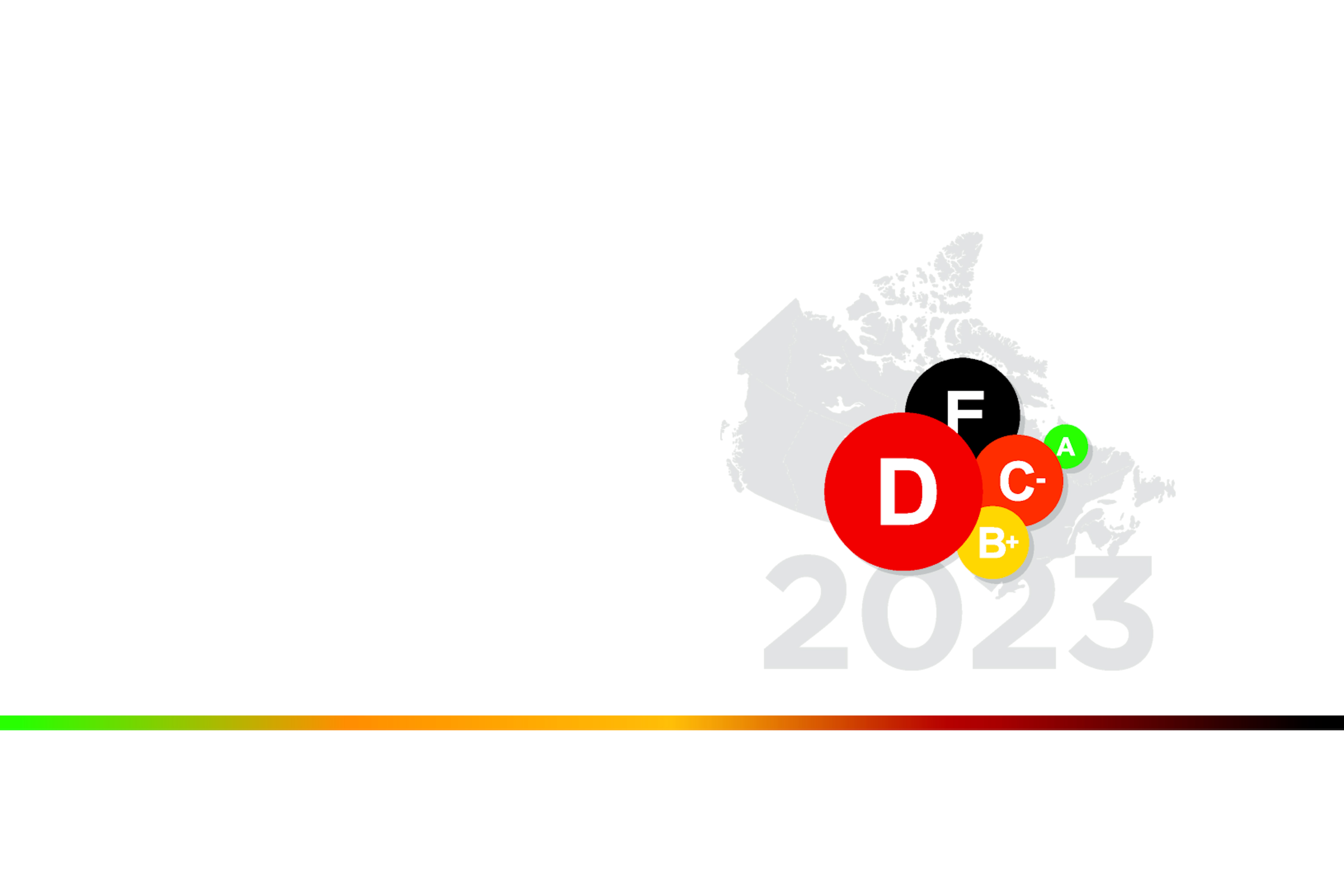Our Vision
A Canada where no one goes hungry
At Food Banks Canada, we believe that no one should go hungry. Yet, even in this country, almost 2 million people visited food banks in one month.
That’s why we work tirelessly to advocate for meaningful actions that counter hunger and its root causes. We want to eliminate the need for food banks one day, once and for all.
Until that day comes, we work coast to coast to coast to maximize the efforts of more than 5,100 food banks and community organizations, investing in, championing and supporting their important work. Through our research, we study the underlying causes of food insecurity and create action based on that knowledge.
We believe that everyone in Canada has a role to play in ending hunger.
We are Canada’s food bank network.
Our mission is to relieve hunger today and prevent hunger tomorrow.
Together with our network, we work toward our vision of a Canada where no one goes hungry.
Your neighbours still need food.
You can help.
Your support will help keep local food banks stocked to help those who need it most.






